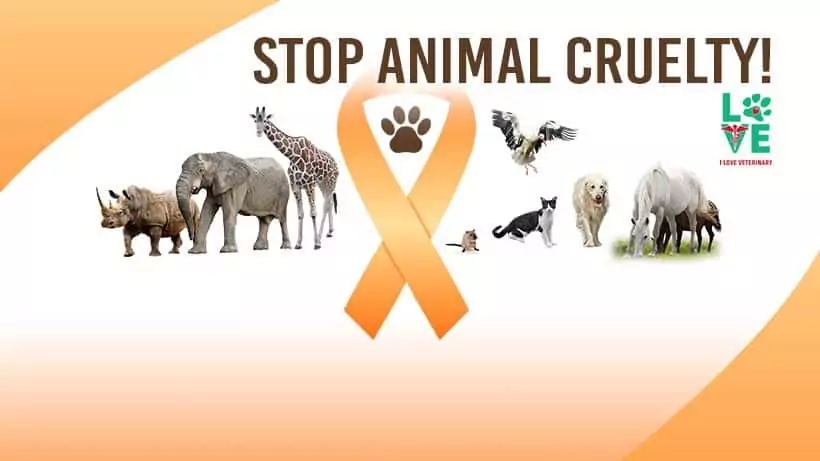What is Animal Cruelty Prevention Month About?
The ASPCA is celebrating April as Animal Cruelty Prevention month and even though they are working all-year-round on this crucial matter, they dedicate this month to raising more awareness.
Animal cruelty or animal neglect/abuse can be defined as the infliction of suffering and/or pain to animals on purpose by humans. This is regardless of whether the abuse is against the law or not.
More specifically, animal abuse can be caused by killing animals for food or their skin and fur; using animals in experiments; using animals in circuses, inflicting physical pain on companion animals etc.
Inflicting pain and suffering on animals can also be defined as zoosadism.
Punishment for animal cruelty differs around the world. Some parts of the world have laws against certain types of animal abuse when at the same time in another country the same law does not exist.
The history of the definition of animal cruelty dates from Leonardo Da Vinci and Darwin. Da Vinci believed that birds should never be kept in cages and that they should always be able to spread their wings and fly free.
On the other hand, Rene Descartes believed that all non-human animals were automata, hence without a soul because they are not humans.
There were many different and divided opinions throughout history on the purpose of animals, their pain threshold and ability to feel emotions.
The Different Forms of Animal Abuse
Neglect
Animal cruelty can be categorized as active and passive, and neglect falls under the passive abuse category. These cases of cruelty show more the inability or lack of action to prevent the suffering of the animal, rather than the direct infliction of pain. Examples of neglect are dehydration; malnutrition; infestation with parasites (external and internal); inadequate shelter (in extreme winter and summer conditions); chaining a dog to a tree more than few hours and allowing the collar to grow into its skin; and of course, the failure to seek veterinary care when necessary.
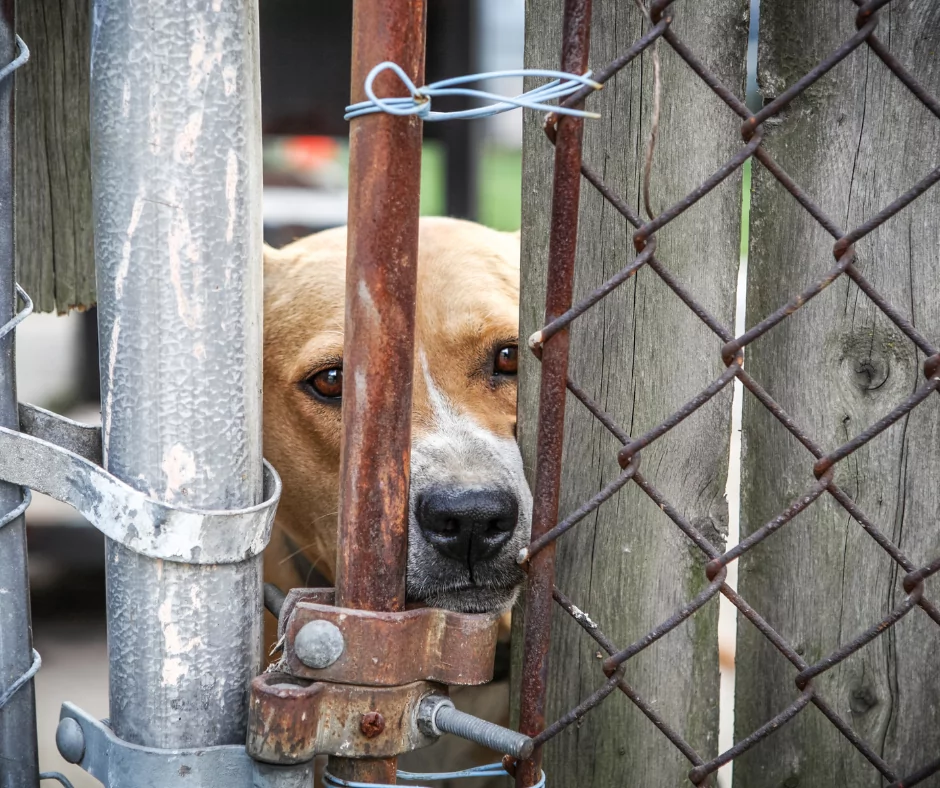
Industrial Animal Farming
Extensive animal farming has always been on the border of animal cruelty and many people argued if there is a way to make farming humane. These animals are always kept in high densities and nobody can ever account for the physical pain and mental suffering of an individual chicken, pig, or a cow.
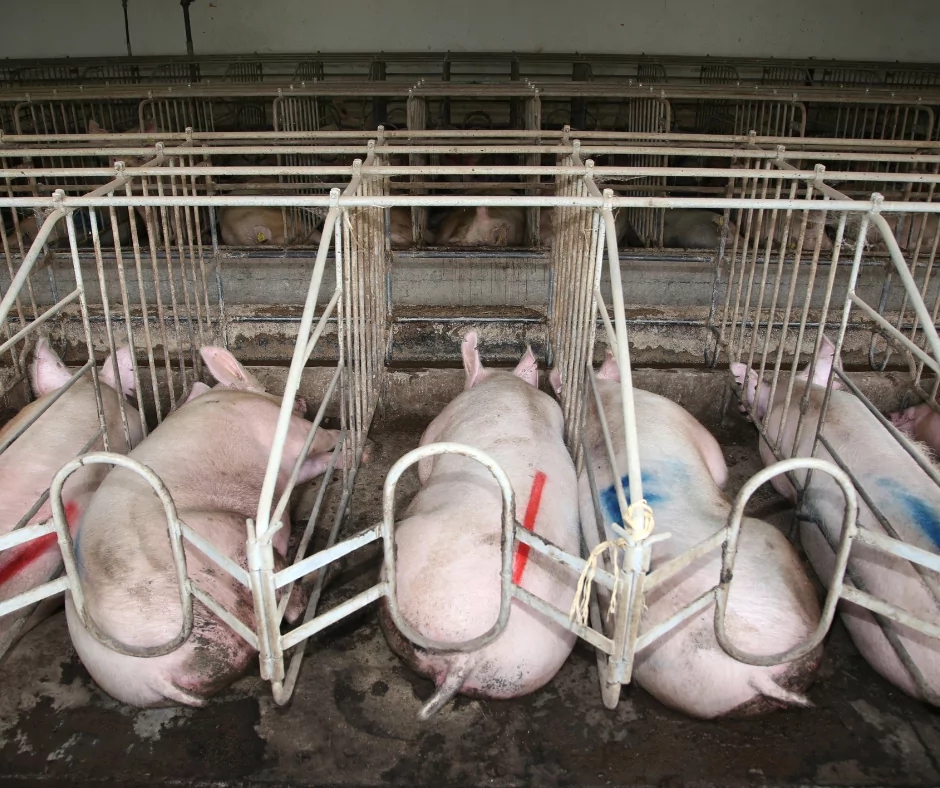
In the industrial egg production, chick culling is a controversial subject and is considered unnecessary animal cruelty. Chick culling is the process of killing the newly hatched male chick because the industry has no use for them. The culling is done either by cervical dislocation, asphyxiation by carbon dioxide, or by maceration in high-speed grinders.
Many cases of animal abuse are directly associated with the relationships the workers on the farms have with the animals, and the everyday physical abuse they inflict.
There are many farm practices that cause pain and suffering to the animals, but it is arguable if they are considered animal cruelty. These procedures include: branding, castration, dehorning, ear tagging, nose ringing, tail docking, teeth cutting, beak trimming, devocalization, wing clipping, and chaining.
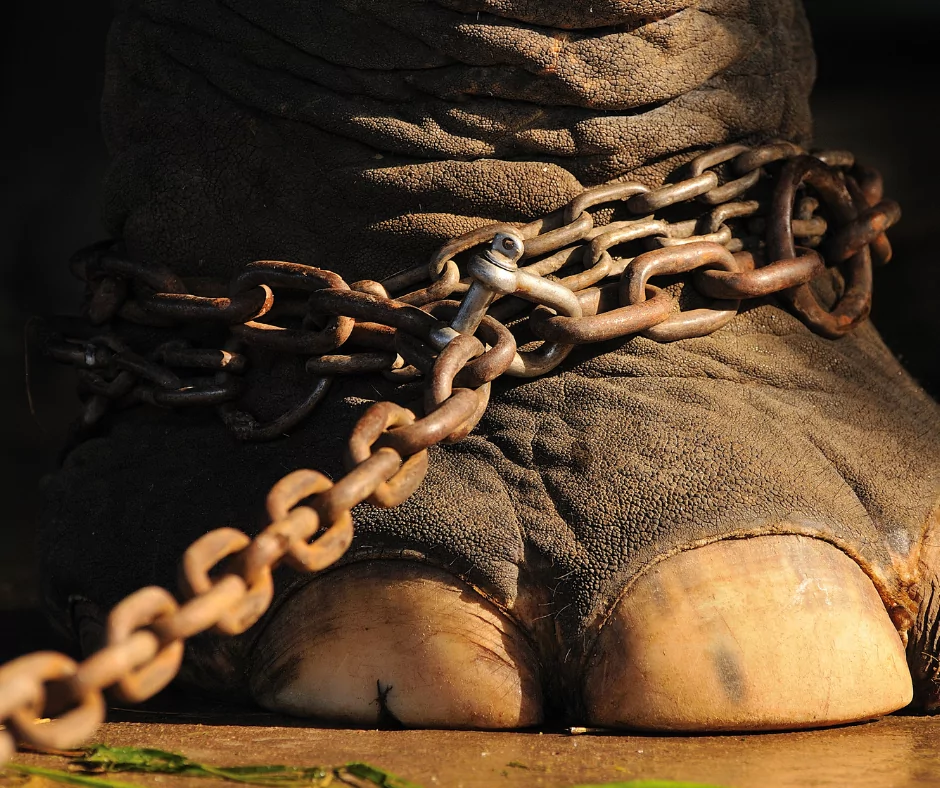
Circuses
The use of animals, wild or domestic, for the circus entertainment has been considered animal cruelty, and because of that, circuses in many countries in the world are banned. The type of abuse that occurs there can be explained as very small living spaces, lack of necessary veterinary care, and abusive training methods. There are some circuses in the world that offer animal-free acts.

Bullfighting
Bullfighting has been widely criticized as a bloody and unnecessary sport that inflict enormous amounts of pain to the animals, and a slow, torturous death.

Dogfighting
Dogfighting is another “sport” where animals, in this case, dogs are forced to fight to death for the profit and entertainment of humans. The dogs that are used for fighting are almost always raised in isolation, in small confined places, chained and fed with anabolic steroids so they can gain muscle mass.
These dogs have their tails docked and ears cropped for the fighting. This is done to minimize the areas where the other dog can grab them during the fights. Because dogfighting is illegal everywhere, and the owners cannot take the dogs for ear cropping and tail docking at the veterinarian to be done properly, they do it by themselves without anesthesia and with inhumane techniques.
Only the winner dog gets medical care. The loser, even if it’s alive, usually gets killed by the owner.
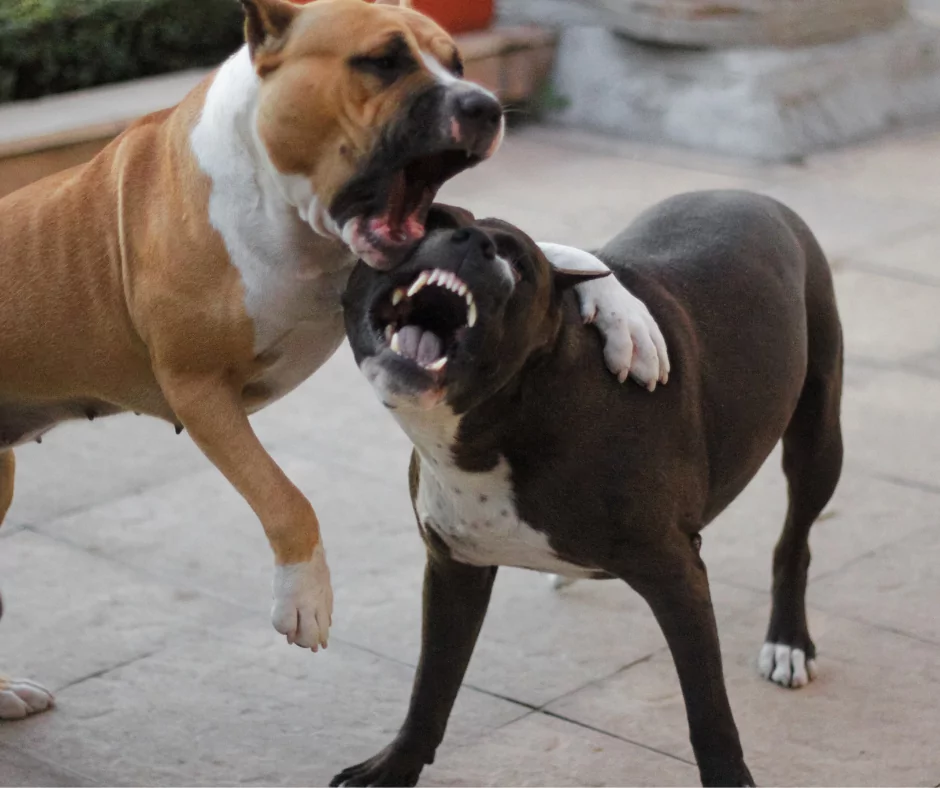
Puppy Mills
Puppy mills are facilities where dogs are bred to the extent where the profit is more important than the welfare of the dogs and their genetic diversity. Puppies from puppy mills are very often with low-quality genes and almost always with congenital diseases.
These facilities keep their dogs in overcrowded and unsanitary conditions, usually in cages, sometimes cages stacked in columns. The puppies are always sold at a very young age, 8 weeks or less, to pet shops, over the internet, or through newspaper ads. You can never go to the breeder and buy the puppy there. The dogs kept in puppy mills lack adequate veterinary care, food, water, and proper socialization.
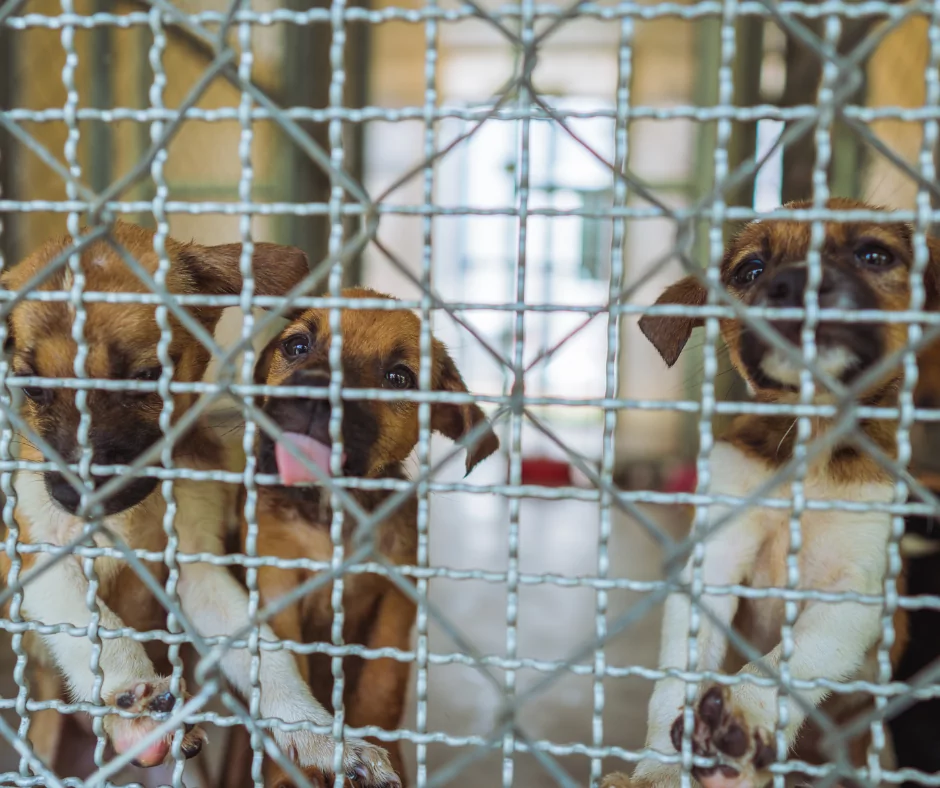
Animal Hoarding
Animal hoarding is a complex issue and is defined as when a person is keeping more animals than he/she can adequately take care of. Because of the inability to provide adequate care, nutrition, veterinary care, and socialization, this type of animal keeping is considered as abuse. Usually, these people are not aware that they are hurting the animals, and actually, they believe that they are helping them.
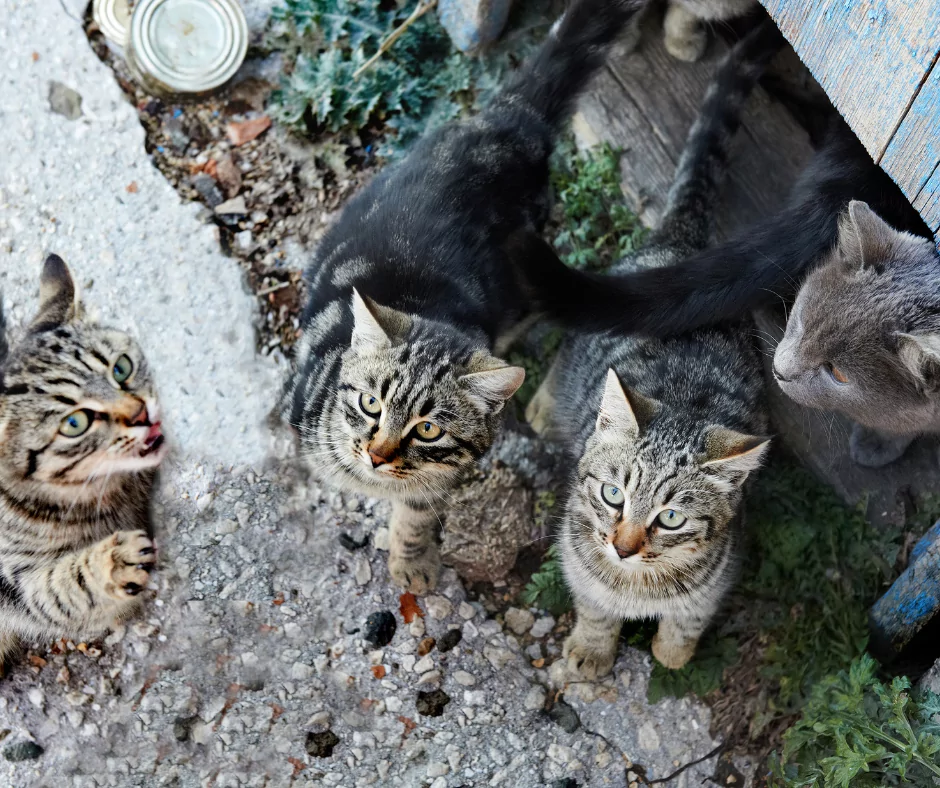
Animal Cruelty Prevention Month Activities
- Raise awareness through social media. Use this month to spread the word on your Facebook, Twitter and Instagram accounts. Download cover photo
- Address animal cruelty issues to your local community
- If you are aware that someone is involved in dogfighting, make a call to your local police station
- If you are aware that someone is an animal hoarder, make a call to your local police station or animal police
- Adopt a puppy from the local shelter. Educate your friends about what is happening in puppy mills and tell them all about Animal Cruelty Prevention Month and how they can help.
There are many ways to get involved in Animal Cruelty Prevention Month activities. For example, you can volunteer at a local animal shelter or rescue organization and help with the day-to-day operations of caring for animals. You can also donate money and items to support their efforts in rescuing animals from cruelty.
Additionally, you can take part in educational events such as lectures and seminars about animal welfare topics, or help start a petition to bring attention to animal cruelty and lobby for stricter laws against it. Finally, you can spread the word by talking to friends, family members, and community members about the importance of preventing animal cruelty.
By participating in Animal Cruelty Prevention Month activities, you can help make a difference in the lives of animals who are living in cruel conditions. Together, we can create a better world for all animals and protect them from suffering in the future.

